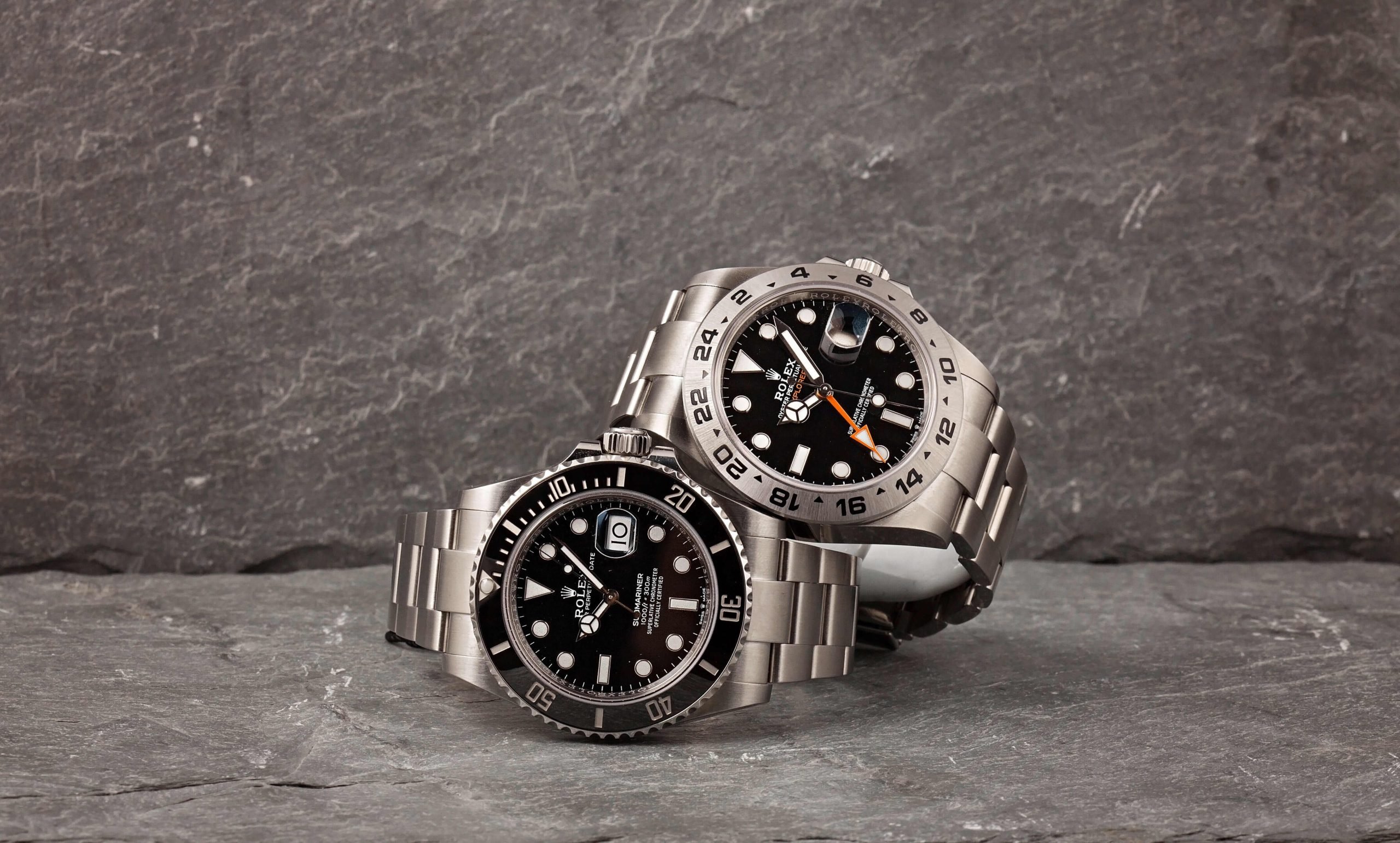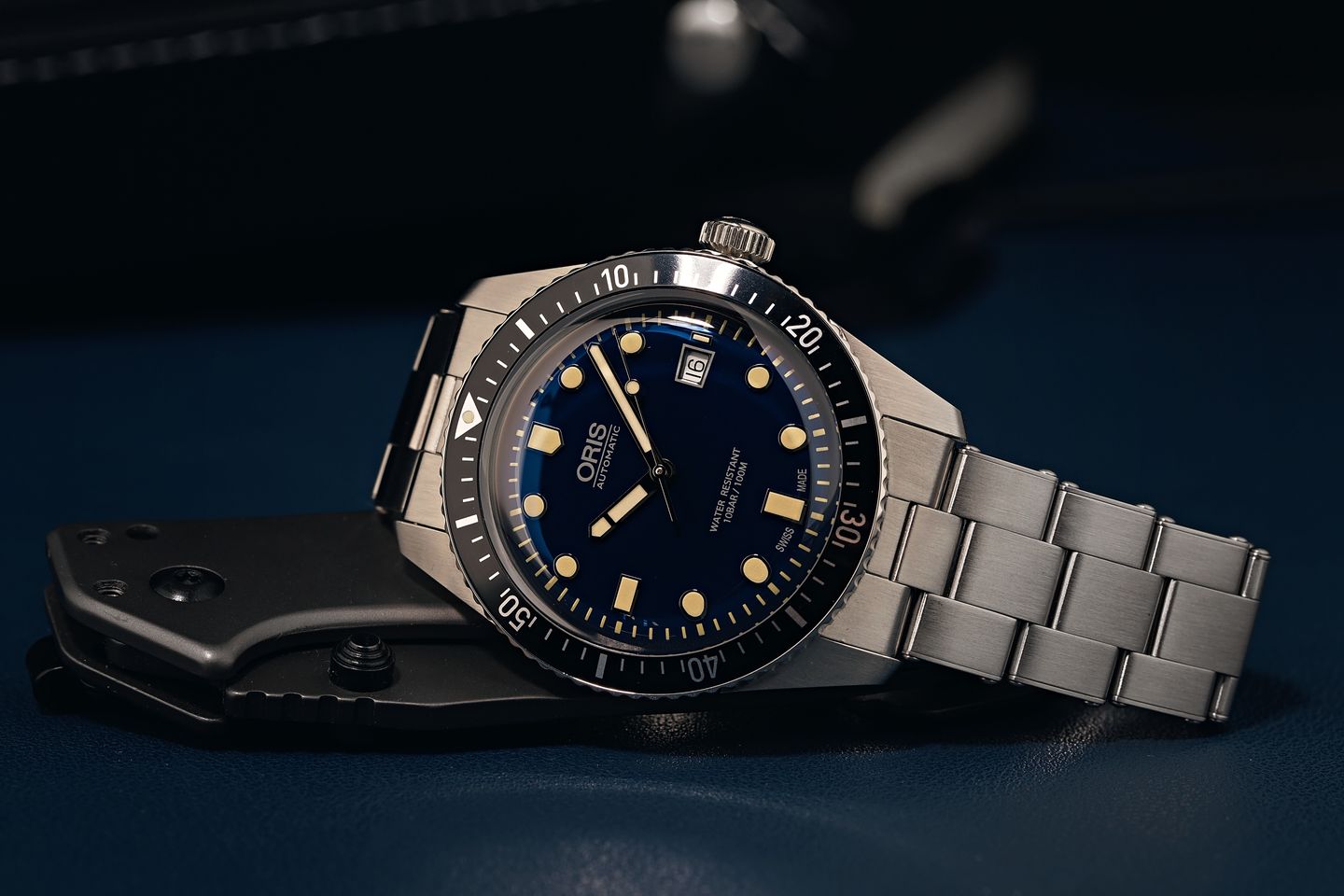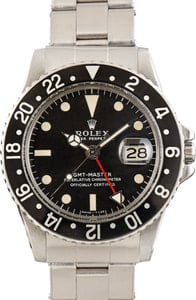When it comes to robust stainless-steel watches designed for outdoor adventures, two iconic models from sibling brands stand out: the Rolex Explorer and the Tudor Ranger. These time-only watches draw inspiration from their respective brands’ rich histories while incorporating modern updates to appeal to today’s watch enthusiasts. In this article, we’ll compare the Tudor Ranger vs Rolex Explorer, focusing on the latest iterations – the Rolex Explorer ref. 214270 and the Tudor Ranger ref. 79910.
The Tudor Ranger vs Rolex Explorer debate has been a topic of interest among watch collectors and enthusiasts. Both watches share a common purpose as reliable tool watches, but each possesses a unique identity shaped by its brand’s legacy. The Rolex Explorer history dates back to 1953 when it was introduced to commemorate the first successful ascent of Mount Everest. Since then this timepiece has remained a mainstay in Rolex’s catalog, embodying the spirit of adventure. Meanwhile, the Ranger, first launched by Tudor in the 1960s, has undergone a revival with the introduction of the Heritage Ranger in 2014, paying homage to its vintage predecessor.
As we explore the Rolex Explorer vs Tudor Ranger comparison, we’ll discuss their similarities and differences in design, durability, functionality, movement, performance, quality, and accessibility. We’ll also take a closer look at the Tudor Ranger 2022 vs Rolex Explorer to see how these two watches stack up against each other in their latest iterations. For those seeking a more in-depth analysis of the Ranger collection, our comprehensive Tudor Ranger review provides extensive details on its history and features.
Whether you’re deciding between these two iconic timepieces or simply curious about their unique attributes, this article will provide you with a clear understanding of what sets these watches apart and which one might be the perfect companion for your next adventure.
Design and Aesthetics of the Rolex Explorer vs Tudor Ranger
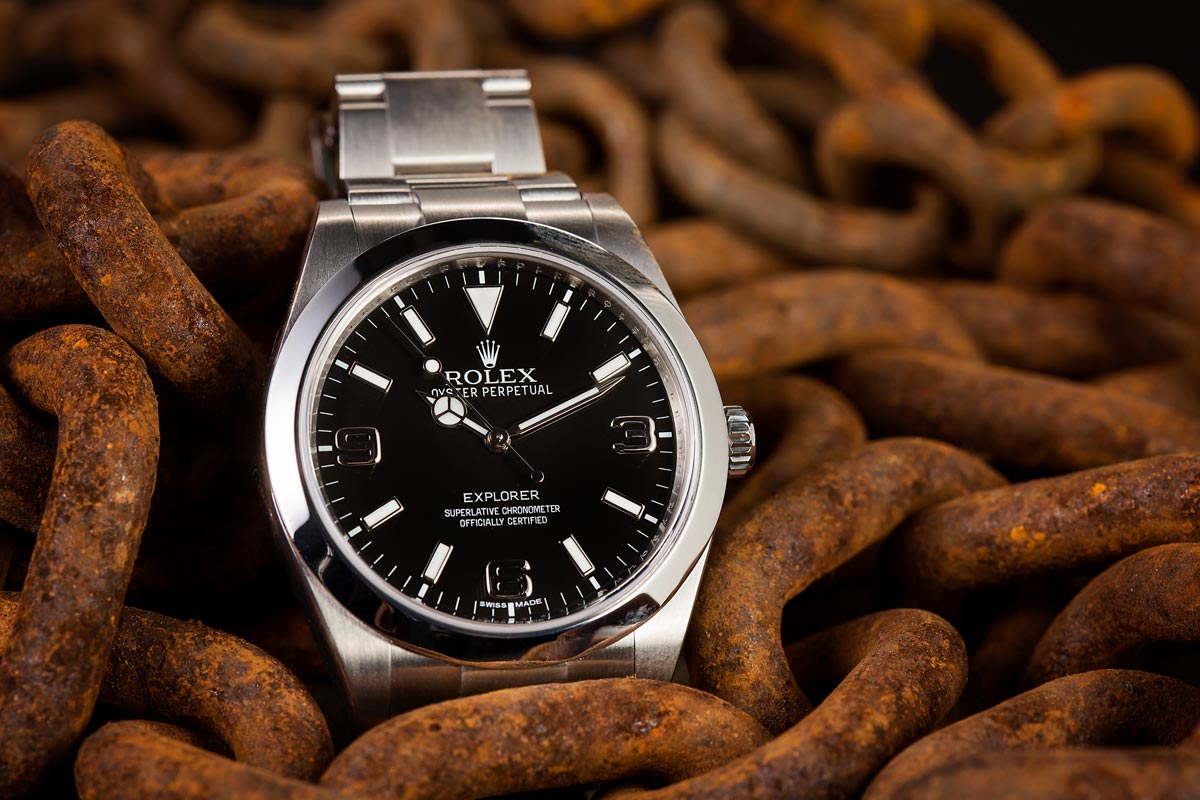
When comparing the Tudor Ranger vs Rolex Explorer, it’s essential to examine their design and aesthetic elements. Both watches showcase a timeless and minimalist design, drawing inspiration from their vintage counterparts, but with modern updates to suit contemporary tastes.
The Rolex 214270 features a 39mm Oystersteel (stainless steel) case, which is slightly larger than its predecessors. The watch’s black dial is adorned with white gold applied indexes, Mercedes-style hands, and the iconic 3, 6, and 9 numerals. The dial’s simplicity and legibility are testament to the Explorer’s heritage as a reliable tool watch. Rolex’s attention to detail is evident in the Explorer’s design, with features such as the highly polished case and bracelet contrasting the brushed surfaces, creating a luxurious yet sporty appearance.
On the other hand, the Tudor Ranger 79910, part of the Tudor Heritage Ranger line, opts for a larger 41mm stainless steel case, embracing its tool watch roots. The matte black dial features painted indexes, historically correct shaped hands, and the distinctive 3, 6, 9, and 12 numerals, all of which pay homage to the vintage Tudor Oyster Prince Ranger from the 1960s. The Tudor Ranger’s dial design prioritizes legibility and functionality, staying true to its adventurous spirit.
When comparing the Rolex Explorer and Tudor Ranger in terms of design, it’s clear that both watches share a similar aesthetic foundation. However, the Rolex Explorer leans more towards a modern luxury sports watch appearance, while the Tudor Heritage Ranger embraces its vintage tool watch inspiration. This distinction in design philosophy becomes even more apparent when examining the current Tudor Ranger to the Rolex Explorer, as both watches have evolved to cater to their respective target audiences.
Ultimately, the choice between the two luxury watches in terms of design and aesthetics comes down to personal preference. Those who appreciate a more refined and luxurious appearance may gravitate towards the Rolex Explorer model, while those who value a vintage-inspired tool watch aesthetic may prefer the Tudor Ranger model.
Rolex Explorer vs Tudor Ranger Durability and Functionality

When it comes to the Rolex Explorer vs Tudor Ranger debate, durability and functionality are crucial factors to consider, especially for those who plan to use these watches in outdoor adventures or challenging environments.
The Rolex Explorer ref. 214270 is built to withstand the elements, featuring a robust Oystersteel case and a sapphire crystal that protects the dial from scratches and impacts. The watch is water-resistant up to 100 meters (330 feet), making it suitable for swimming and snorkeling. The Explorer’s Oyster bracelet is equipped with an Easylink 5mm comfort extension link, allowing the wearer to adjust the bracelet’s length for a perfect fit over a wetsuit or during hot weather when the wrist may expand.
Similarly, the Tudor Ranger ref. 79910 boasts excellent durability and functionality. The 41mm stainless steel case is water-resistant up to 150 meters (500 feet), providing even greater underwater capabilities compared to the Rolex Explorer. The Tudor Ranger’s sapphire crystal is domed, adding a vintage touch while still offering excellent protection against scratches and impacts. One notable difference between the Tudor Ranger and the Rolex Explorer is the choice of straps and bracelets. The Tudor Ranger offers a variety of options, including a stainless-steel bracelet, leather strap, fabric strap, and even a bund strap, allowing wearers to customize their watch to suit their style and needs.
When comparing the 2022 Tudor Ranger vs Rolex Explorer in terms of durability and functionality, both watches excel in their own ways. The Rolex Explorer’s Oystersteel construction and 100-meter water resistance make it a reliable choice for most outdoor activities, while the Tudor Ranger’s higher water resistance rating and strap options cater to those who require more versatility in their watch.
Both watches demonstrate excellent durability and functionality, staying true to their tool watch roots. Whether you choose the Rolex Explorer or the Tudor Ranger, you can be confident that your watch will withstand the rigors of your adventures, providing reliable timekeeping and lasting performance.
Tudor Heritage Ranger vs Rolex Explorer Movement and Performance
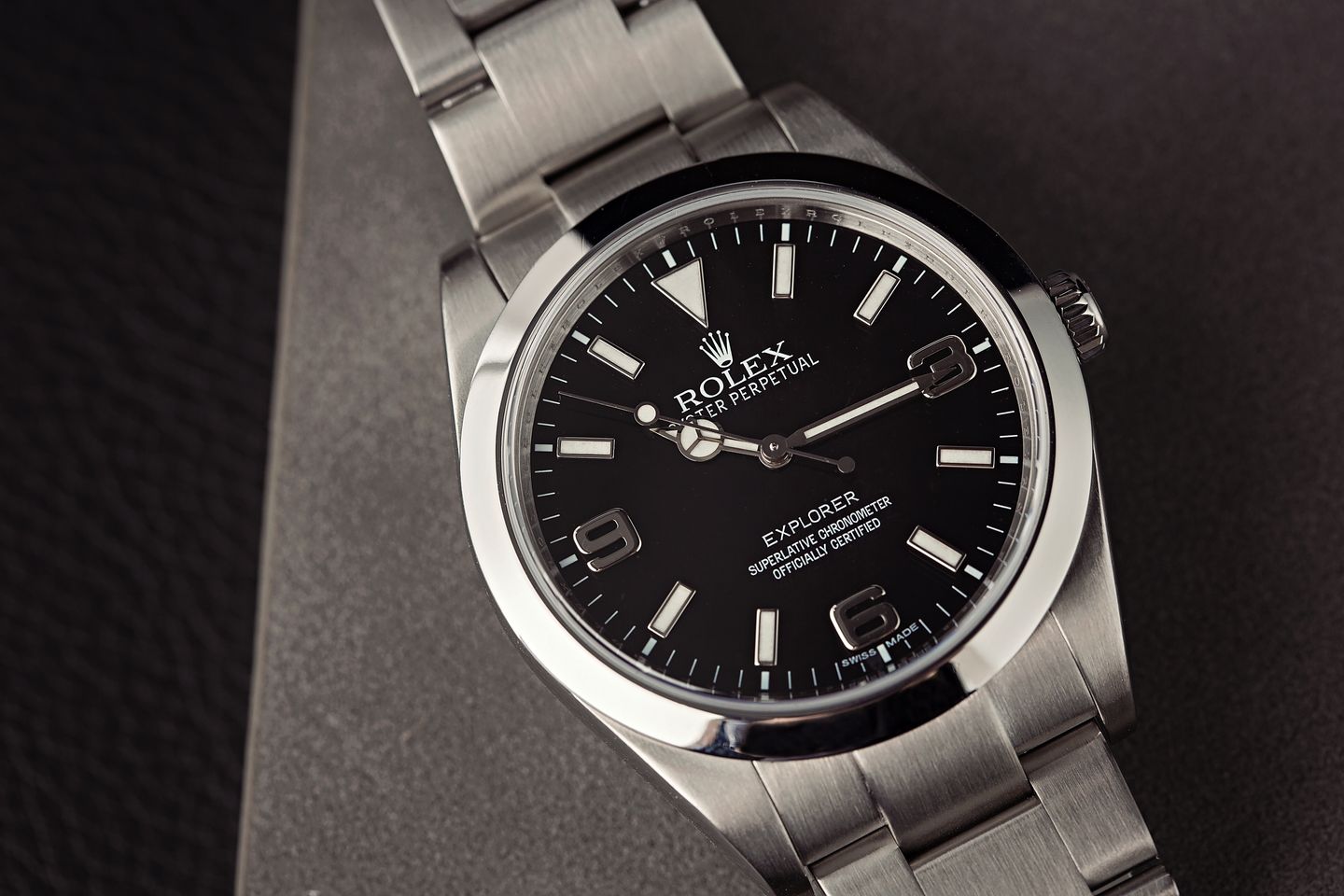
When comparing the Tudor Heritage Ranger vs Rolex Explorer, it’s essential to examine the movement and performance of each watch. Both the Rolex Explorer and the Tudor Ranger are equipped with reliable automatic movements, but there are some notable differences between the two.
The Rolex Explorer ref. 214270 is powered by the in-house Rolex Caliber 3132 automatic movement. This movement features Rolex’s patented Parachrom hairspring, which is resistant to magnetic fields and temperature variations, ensuring excellent accuracy and reliability. The Caliber 3132 offers a power reserve of approximately 48 hours, allowing the watch to continue running even if it’s not worn for a couple of days. Rolex movements are known for their precision and durability, and the Caliber 3132 is no exception.
In contrast, the Tudor Ranger ref. 79910 is equipped with the ETA-based Tudor Caliber 2824 automatic movement. While not an in-house movement like the Rolex Caliber 3132, the Tudor Caliber 2824 is still a reliable and robust movement that has been widely used in the watch industry. The Caliber 2824 offers a power reserve of approximately 38 hours, slightly less than the Rolex Explorer’s movement. However, the Tudor Ranger’s movement is still more than capable of providing accurate and dependable timekeeping.
When comparing the two models in terms of movement and performance, it’s clear that both watches offer reliable and precise timekeeping. The Rolex Explorer’s in-house Caliber 3132 movement showcases Rolex’s commitment to innovation and excellence, while the Tudor Ranger’s ETA-based Caliber 2824 movement demonstrates Tudor’s ability to offer a high-quality watch at a more accessible price point.
The movements remain a key differentiating factor. While the Rolex Explorer’s in-house movement may be considered more prestigious, the Tudor Ranger’s ETA-based movement still provides excellent performance and reliability. Ultimately, when considering the two watches in terms of movement and performance, both watches offer reliable and accurate timekeeping. The choice between the two may come down to personal preference, budget, and the value placed on in-house vs. third-party movements.
Quality and Accessibility
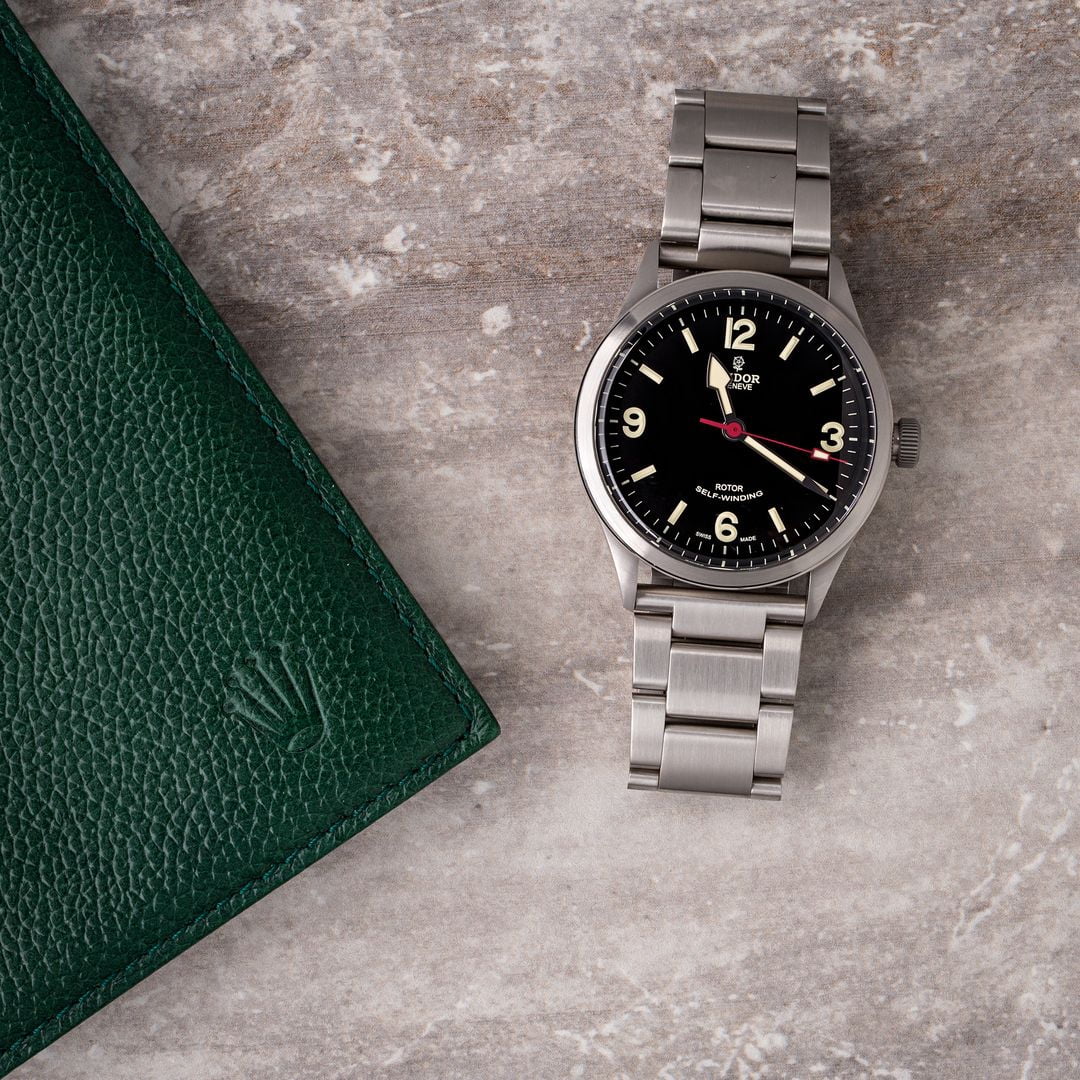
When comparing the Rolex Explorer and the Tudor Ranger, it’s essential to consider the quality and accessibility of each watch. Both timepieces are crafted by top luxury watch brands known for their dedication to producing high-quality watches, but there are some differences in terms of pricing and availability.
Rolex is renowned for its meticulous attention to detail and use of premium materials. The Rolex Explorer ref. 214270 showcases the brand’s commitment to quality, with its Oystersteel case and bracelet, white gold applied indexes, and in-house Caliber 3132 movement. Rolex’s stringent quality control processes ensure that every watch meets the highest standards of precision and durability. However, this level of quality comes at a price, with the Rolex Explorer carrying a higher retail price than the Tudor Ranger.
Tudor, as a subsidiary of Rolex, benefits from the parent company’s expertise and resources while offering watches at a more accessible price point. The Tudor Ranger ref. 79910 exemplifies this philosophy, providing a high-quality timepiece with a reliable ETA-based movement, a well-crafted stainless-steel case and bracelet, and a vintage-inspired design. While Tudor watches may not feature the same level of prestige as Rolex, they still offer excellent value for money, making them an attractive option for those seeking a high-quality Swiss watch at a more affordable price.
When comparing the Tudor Ranger vs Rolex Explorer in terms of accessibility, the Tudor Ranger is generally more readily available and easier to obtain than the Rolex Explorer. Rolex watches, including the Explorer, are often in high demand, which can lead to waitlists and limited availability at authorized dealers. In contrast, Tudor watches, such as the Ranger, are more easily accessible, with shorter waitlists and better availability at authorized dealers.
Both watches offer excellent quality within their respective price ranges. The Rolex Explorer’s premium materials, in-house movement, and brand prestige justify its higher price tag, while the Tudor Ranger’s high-quality construction, reliable movement, and vintage-inspired design make it an attractive option for those seeking a more affordable alternative.
In terms of quality and accessibility, the choice really depends on individual priorities, budget, and the value placed on brand prestige. Both watches offer exceptional craftsmanship and performance, ensuring that whichever model you choose, you’ll be getting a high-quality timepiece that will last for years to come.
Modern Versions: Explorer 214270 and Ranger 79910
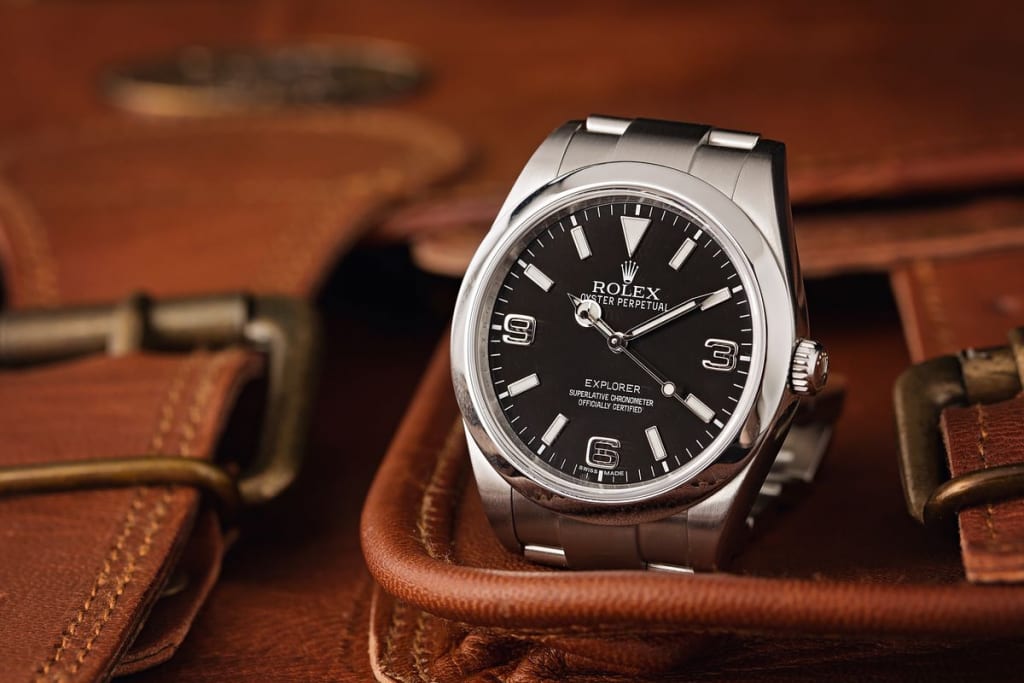
In recent years, both Rolex and Tudor have released updated versions of their respective Explorer and Ranger models. The Rolex Explorer ref. 214270 and the Tudor Ranger ref. 79910 represents the latest iterations of these iconic watches, incorporating modern design elements and technical improvements while staying true to their heritage.
The Rolex Explorer ref. 214270, introduced in 2010, features a larger 39mm Oystersteel case compared to its 36mm predecessors. The watch’s black dial retains the classic 3, 6, and 9 numerals, now with white gold surrounds for the hour markers. In 2016, Rolex updated the Explorer ref. 214270 with better-proportioned hands and luminescent material on the 3, 6, and 9 numerals, enhancing legibility in low-light conditions. The Explorer ref. 214270 is powered by the in-house Caliber 3132 movement, offering a power reserve of approximately 48 hours and Rolex’s signature reliability and precision.
The Tudor Ranger ref. 79910, part of the Tudor Heritage Ranger line, was released in 2014 as a modern interpretation of the vintage Tudor Oyster Prince Ranger from the 1960s. The watch features a 41mm stainless steel case, a matte black dial with painted indexes, and historically correct-shaped hands. The Tudor Ranger’s dial design prioritizes legibility and pays homage to its tool watch roots. The watch is powered by the ETA-based Tudor Caliber 2824 movement, which provides a power reserve of approximately 38 hours. One notable feature of the Tudor Ranger is the variety of strap and bracelet options available, allowing wearers to customize their watch to suit their style and needs.
When comparing the Tudor Ranger 2022 vs Rolex Explorer, it’s clear that both watches have evolved to meet the demands of modern watch enthusiasts while staying true to their historic design language. The Rolex Explorer ref. 214270 offers a more refined and luxurious take on the classic Explorer design, while the Tudor Ranger ref. 79910 embraces its vintage-inspired aesthetic and tool watch functionality.
The Details: Rolex Explorer vs. Tudor Ranger
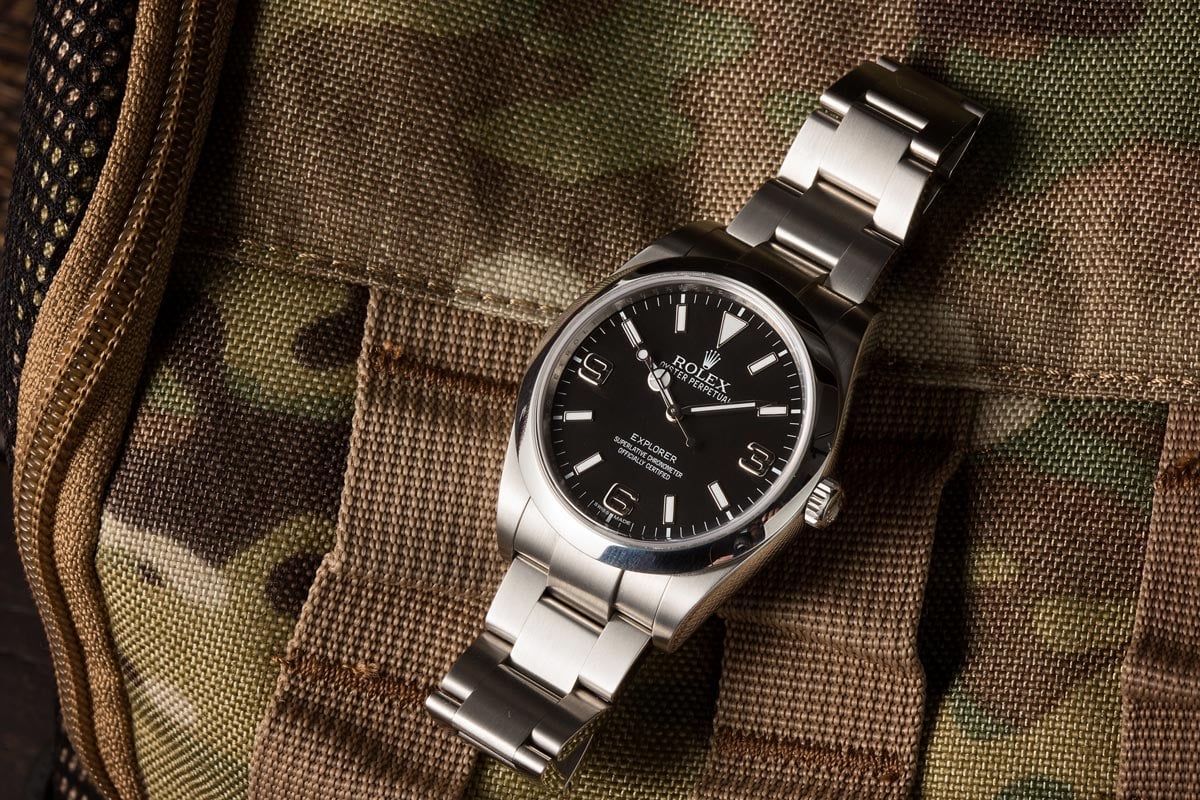
When comparing the Rolex Explorer and the Tudor Ranger, it’s essential to take a closer look at the specific details of each watch. By examining the key features and specifications of these two timepieces, we can better understand their similarities and differences, helping potential buyers make an informed decision.
Rolex Explorer
The Rolex Explorer ref. 214270 showcases the brand’s commitment to quality and precision. The 39mm Oystersteel case and bracelet offer a perfect balance between durability and comfort, while the gloss black dial with white gold applied indexes exudes elegance and legibility. The in-house Caliber 3132 movement ensures accurate and reliable timekeeping, with a power reserve of approximately 48 hours. The Explorer’s 100-meter water resistance and Easylink comfort extension link make it a versatile choice for both everyday wear and outdoor adventures.
Key Features
- Reference: 214270
- Materials: Oystersteel (stainless steel)
- Size: 39mm
- Dial: Gloss black with white gold applied indexes
- Luminescence: Chromalight (glows blue)
- Bracelet/Band: Oyster bracelet with Easylink 5mm comfort extension link
- Crystal: Flat Sapphire
- Movement: Automatic in-house Rolex Cal. 3132 with 48-hour power reserve
- Water Resistance: 100 meters
- Retail Price (MSRP): $6,550
Tudor Heritage Ranger
The Tudor Heritage Ranger ref. 79910 offers a vintage-inspired design with modern functionality. The 41mm stainless steel case and matte black dial with painted indexes pay homage to the original Tudor Ranger from the 1960s, while the domed sapphire crystal and Super-LumiNova luminescence provide enhanced durability and low-light visibility. The ETA-based Tudor Caliber 2824 movement offers a reliable and accurate timekeeping experience, with a power reserve of approximately 38 hours. The Tudor Ranger’s 150-meter water resistance and various strap and bracelet options make it a versatile choice for both land and sea adventures.
Key Features
- Reference: 79910
- Materials: Stainless steel
- Size: 41mm
- Dial: Matte black with painted indexes
- Luminescence: Super-LumiNova (glows green)
- Bracelet/Band: Steel bracelet, fabric strap, leather band, bund strap
- Crystal: Domed sapphire Movement: Automatic ETA-based Tudor Cal. 2824 with 38-hour power reserve
- Water Resistance: 150 meters
- Retail Price (MSRP): $3,000 (with bracelet), $2,675 (with strap)
When comparing the Tudor Ranger Rolex Explorer, it’s clear that both watches offer a unique take on the classic tool watch design. The Rolex Explorer’s refined aesthetics and premium materials cater to those seeking a luxurious and timeless timepiece, while the Tudor Ranger’s vintage-inspired design and affordable price point make it an attractive option for those who value heritage and accessibility.
Ultimately, the choice between the Rolex Explorer and the Tudor Heritage Ranger comes down to personal preference, budget, and the specific features that matter most to the individual. Both watches offer exceptional quality, durability, and performance, ensuring that whichever model you choose, you’ll have a reliable and stylish companion for all your adventures.



